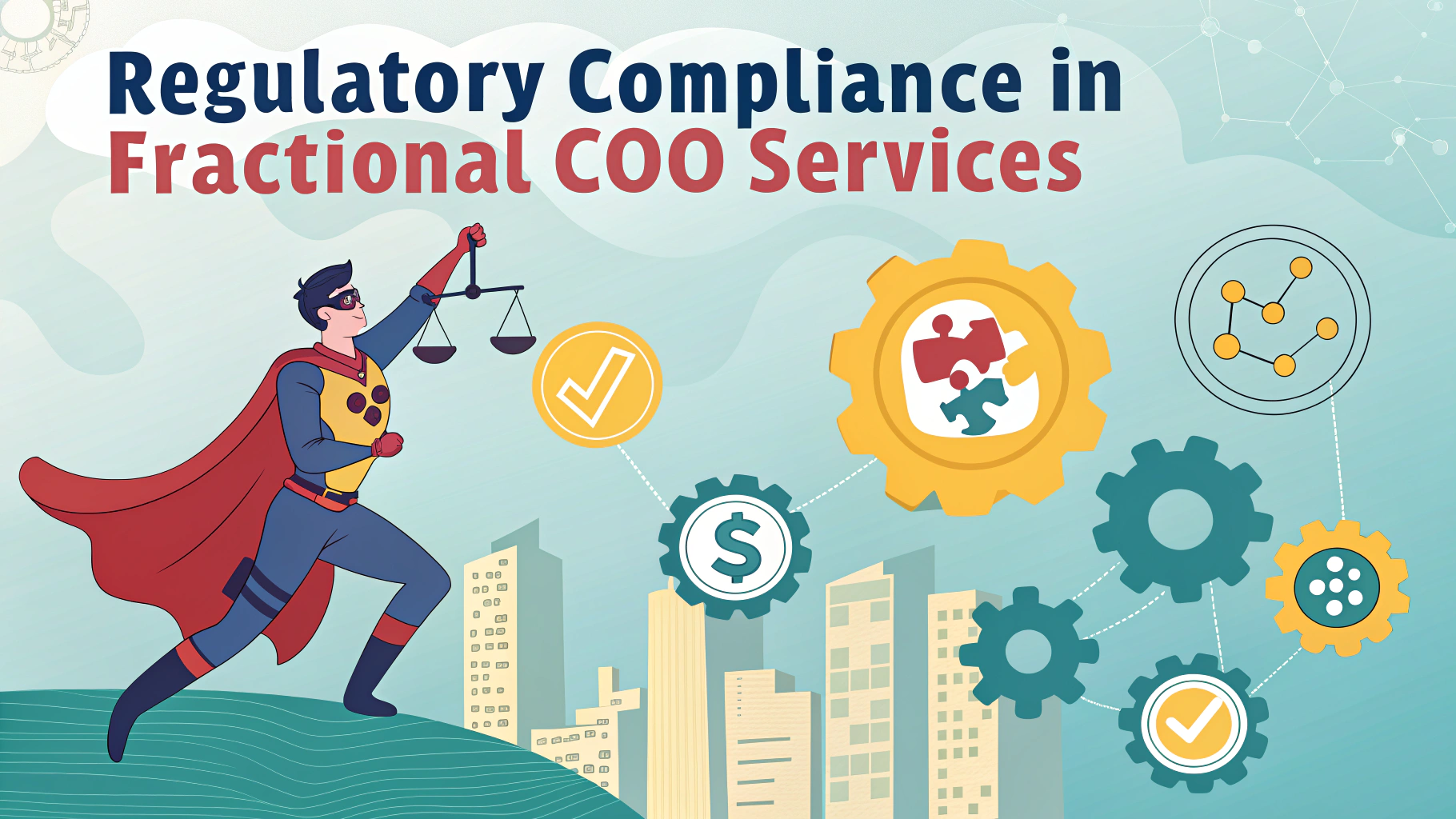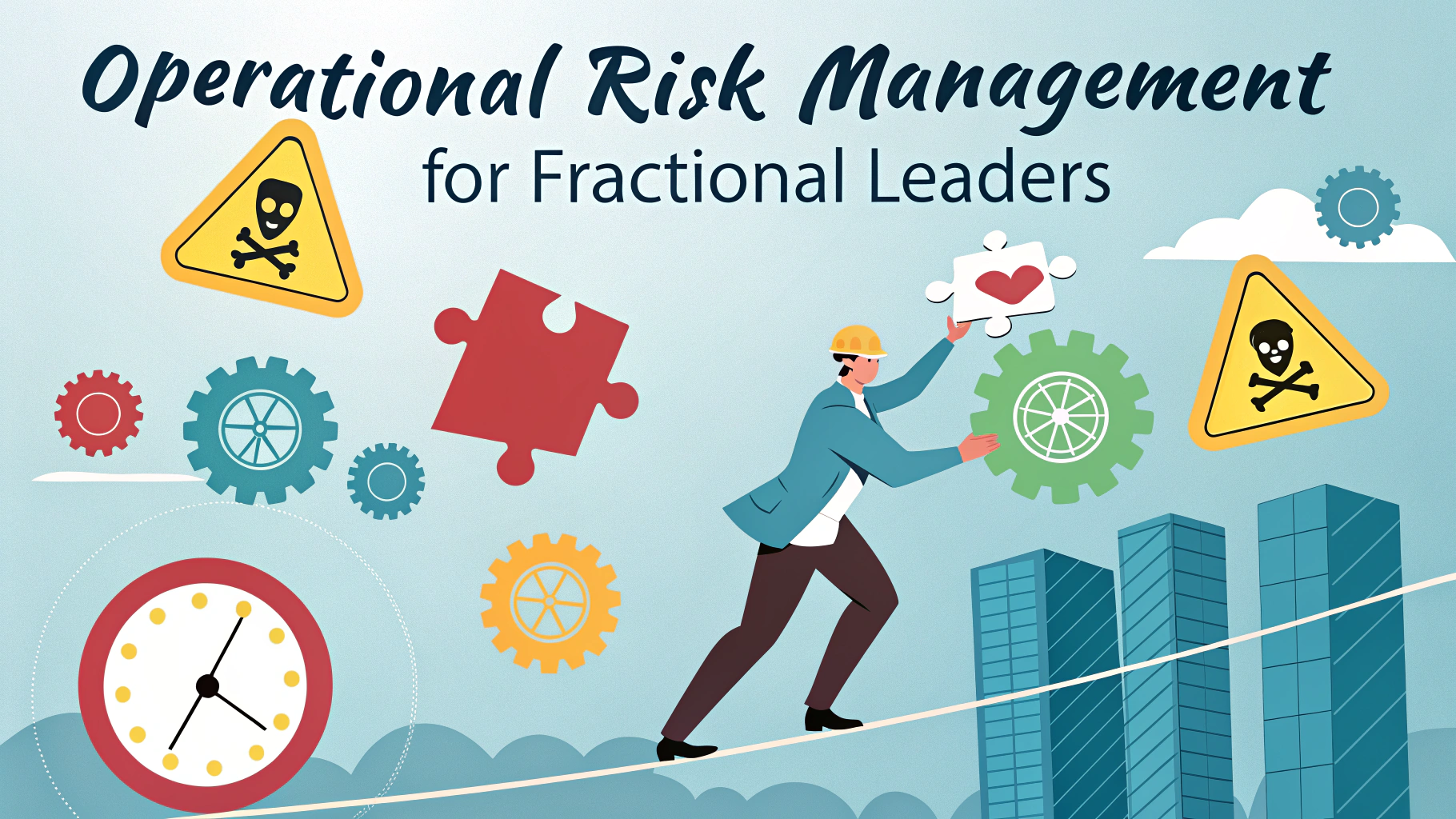The Chief Operating Officer (COO) typically ranks higher than Vice President in most organizational hierarchies, serving as one of the top executives directly under the CEO.
A COO oversees company-wide operations and often acts as second-in-command to the Chief Executive Officer, while Vice Presidents usually manage specific departments or business units.
Understanding the key differences in responsibilities, authority, and scope between these positions helps clarify their place in the corporate structure.
Organizational Hierarchy
- CEO (Chief Executive Officer)
- COO (Chief Operating Officer)
- Other C-Suite Executives (CTO, CFO, etc.)
- Executive Vice Presidents
- Senior Vice Presidents
- Vice Presidents
COO Responsibilities
- Overseeing day-to-day company operations
- Implementing company-wide strategy
- Managing multiple department heads
- Direct reporting to CEO
- Budget oversight across departments
- Performance management of executive team
Vice President Role
- Department or division leadership
- Strategic planning for specific business units
- Budget management for their division
- Team leadership within their department
- Reporting to C-suite executives
Salary Comparison
| Position | Average Salary Range (USD) |
|---|---|
| COO | $200,000 – $450,000+ |
| Vice President | $150,000 – $250,000 |
Career Path Considerations
Many executives progress from Vice President positions to COO roles after gaining substantial experience in multiple business areas.
A COO position often requires 15+ years of senior management experience, while Vice President roles typically need 10+ years of relevant experience.
Education requirements usually include an MBA or equivalent advanced degree for both positions, with COOs often having additional specialized training or certifications.
Making the Move Up
- Gain cross-functional experience
- Develop strong leadership skills
- Build expertise in operations management
- Create measurable business impact
- Network with senior executives
- Seek mentorship opportunities
Next Steps for Career Growth
Focus on developing broad business acumen and strategic thinking skills to progress from VP to COO.
Consider joining professional organizations like the COO Society or Executive Leadership Council for networking and development opportunities.
Track industry trends and maintain relationships with executive search firms specializing in C-suite placements.
Key Success Factors
- Strategic vision and execution capabilities
- Strong financial acumen
- Change management expertise
- Stakeholder relationship management
- Crisis management skills
- Global business perspective
Performance Metrics
COO Evaluation Criteria
- Operational efficiency improvements
- Cost reduction initiatives
- Revenue growth targets
- Employee satisfaction scores
- Process optimization results
VP Evaluation Criteria
- Departmental KPIs
- Project completion rates
- Team performance metrics
- Budget adherence
- Client satisfaction levels
Industry-Specific Considerations
Different industries may have varying expectations and responsibilities for both COO and VP positions. Technology companies often focus on innovation and rapid scaling, while manufacturing companies emphasize operational efficiency and supply chain management.
Global vs. Regional Roles
- Global COO: Manages worldwide operations
- Regional COO: Focuses on specific geographic areas
- Global VP: Oversees international department operations
- Regional VP: Manages local/regional initiatives
Advancing Your Executive Career
Success in executive leadership requires continuous learning, adaptability, and strategic thinking. Whether pursuing a VP or COO position, focus on building comprehensive business knowledge and maintaining strong professional relationships throughout your career journey.
Stay current with industry innovations, embrace technological changes, and develop a leadership style that inspires and motivates teams across organizational levels. Remember that the path to executive leadership is often non-linear and requires flexibility in career planning.
FAQs
- Is a Chief Operating Officer (COO) higher ranked than a Vice President?
Yes, typically a COO is higher ranked than a Vice President in most corporate hierarchies. The COO is usually the second-highest C-suite executive after the CEO, while Vice Presidents are generally third-tier executives. - What are the main responsibilities of a Chief Operating Officer?
A COO oversees daily business operations, implements company strategy, supervises department heads, ensures operational efficiency, and reports directly to the CEO while managing organizational structure and operational processes. - How does the reporting structure work between COOs and Vice Presidents?
Vice Presidents typically report to the COO or CEO, depending on the organization’s structure. The COO reports directly to the CEO and often has multiple Vice Presidents reporting to them. - What is the typical career progression to become a COO?
Most COOs start as department heads or Vice Presidents, gaining extensive operational experience before advancing. They usually have 15+ years of senior management experience and often hold advanced degrees in business or related fields. - What’s the salary difference between a COO and Vice President?
COOs generally earn significantly more than Vice Presidents. The average COO salary ranges from $200,000 to $450,000 plus bonuses, while Vice Presidents typically earn between $150,000 to $250,000 plus bonuses, varying by company size and industry. - Can a company have multiple COOs?
While rare, some large organizations may have multiple COOs, each responsible for different divisions or geographical regions. However, most companies have only one COO overseeing all operations. - What’s the difference in decision-making authority between a COO and Vice President?
COOs have broader decision-making authority across the entire organization and can implement company-wide changes. Vice Presidents typically have authority limited to their specific department or division. - How does board interaction differ between COOs and Vice Presidents?
COOs regularly attend and present at board meetings as key executives, while Vice Presidents generally only attend board meetings when invited to present on specific topics related to their areas of responsibility. - What level of strategic input do COOs have compared to Vice Presidents?
COOs are involved in company-wide strategic planning and work directly with the CEO to shape organizational direction. Vice Presidents typically contribute to strategy within their specific areas but have less influence on overall corporate strategy.








